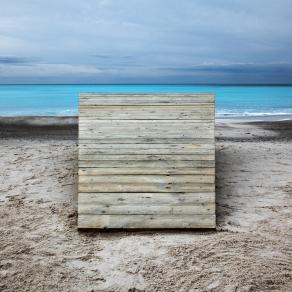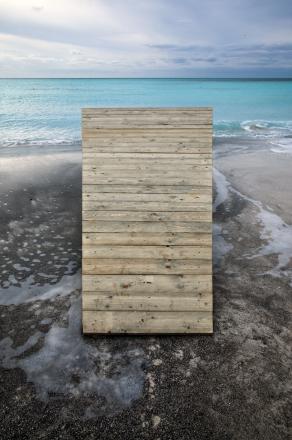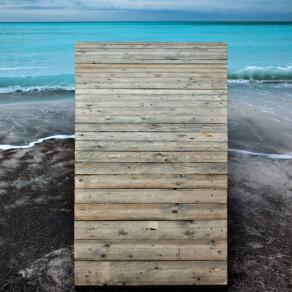
Ainhoa Akutain
Artist, Bilbao, Spain, joined 10 years ago
This project, which is part of a sculptural exercise on a given physical field, works around a statement by Otto Stelzer, who indicated that the vast expansion of photography would practically signify a triumph of perception under the laws of central perspective.
Adopting the central perspective in Art equals consuming the desire for mimesis, reducing three dimensions to two, maintaining the convincing appearance of depth. Pierre Francastel interpreted this concern for scientifically translating depth, as a reflection of the rationalist spirit that the Renaissance imposed on the West. Hence, the order that the central perspective gave to the image, reflected the ideal of order and rationality acclaimed by the new model of society: the capitalism successor of feudalism.
In Tuscany, the birthplace of the central perspective, is also situated a village designed and mediated by the Belgian businessman Ernest Solvay (1838-1922). This village is an example of the colonization of a peculiar architecture for the area and, in turn, an accomplice of the order and rationality of this central perspective. With a thoroughly marked hierarchy of its workers' family life, the workers are placed in this planned garden city according to the position they carry out in the company.
Solvay is also responsible for the landscape transformation of the surrounding coast, resulting in what is nowadays known as Spiagge Bianche (white sand beaches). It is a divine name for a non-place as a residual experience that has transformed its physiognomy through the chemical waste of the company. A sublime disorder embraced by the local imagination as a place for meeting and socializing, due to its idyllic appearance. There is one graffiti in the beach that puts us into perspective:
“Zio Ernesto, perché tutti ti perdonano?” Uncle Ernesto, why does everyone forgive you?
The photographic works I am presenting reflect the interventions carried out in the described context, and as part of the sculptural exercise of a specific-site. With this, I would like to emphasize the lack of any digital process in post-production.
News
celeste,










